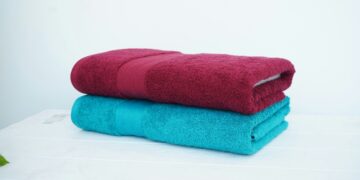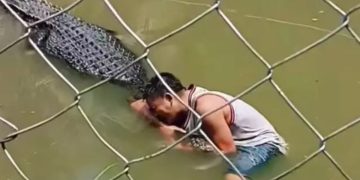When it comes to oral and teeth care, not all of us are experts at it. While we all brush our teeth morning and night, not everyone is an avid flosser or even a mouthwash user.
However, there are many of us who take pristine care of our teeth and that is why they are sparkling, pearly white, right?
Many people have a pretty standard teeth routine.

When it comes to everyone’s oral routine at night and in the morning, many people do the same thing. This includes brushing, then flossing, then using some mouthwash afterward. Sounds pretty standard, right?
While we all use mouthwash usually after we brush our teeth, apparently, that’s not right.

Apparently, dental experts are sharing that using mouthwash after you brush your teeth is not only wrong, but it’s counterproductive for the health of your teeth. Many people were surprised to hear this because we all have been thinking that’s the way you’re supposed to use mouthwash.
Anna Peterson, a dentist from the U.K., recently shared a TikTok about just this.

Peterson said that contrary to popular belief, using mouthwash after you use toothpaste is a really bad move. The reason for this has to do with the amount of fluoride that is in your toothpaste vs. the amount of fluoride that is in your mouthwash.
Fluoride is used to protect your teeth.

Fluoride is a natural mineral that is used in many dental products to strengthen your tooth’s enamel. Sometimes, when we consume things like soda or eat sugary snacks, the enamel on our teeth can be damaged, causing cavities.
When we use flouride products, we protect our teeth.

When you brush with toothpaste that has a high fluoride concentrate, it stays on your teeth to protect them longer. But, if you wash off the fluoride, it doesn’t protect your teeth anymore and this can speed up damage and cavities.
Peterson explains the difference in fluoride amount.

Peterson says that on average, toothpaste has a higher concentration of fluoride and that the standard mouthwash, even mouthwash with fluoride, has a much lower concentration of fluoride overall compared to toothpaste.
Essentially, you’re messing up the fluoride protection.

When you use mouthwash after toothpaste, you are typically washing off a high concentration of fluoride for a low concentration of fluoride, so your protection does not last as long as it would prior to using the mouthwash.
Peterson says this isn’t anything new.

Peterson says that dentists all over know this to be true because it’s in their toolkit when they are learning in school and trying to deliver better oral health. Overall, it’s important to know for all people.
People online were very confused and also surprised.
Many people on TikTok were quick to admit they do use mouthwash after they brush their teeth and they were very surprised to learn that they are not supposed to do so.
Many online asked what the right way to use mouthwash would be then, if not after brushing.

Peterson said that mouthwash should be used after meals—breakfast, lunch, and dinner. And, that you can also use it when brushing, if you brush again after mouth washing, with toothpaste. The idea is that toothpaste is more of a protectant than mouthwash.
Also, always remember to floss.

Peterson also reminded viewers that you should make sure for total oral health care you should do all of the necessary steps—which includes flossing. While we hate it, we just gotta do what we gotta do!

















































